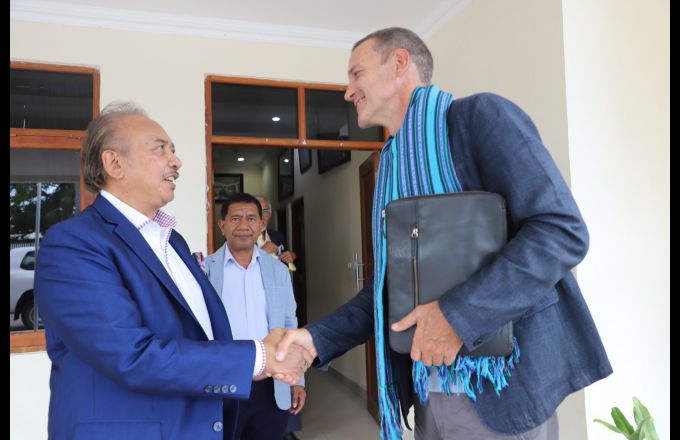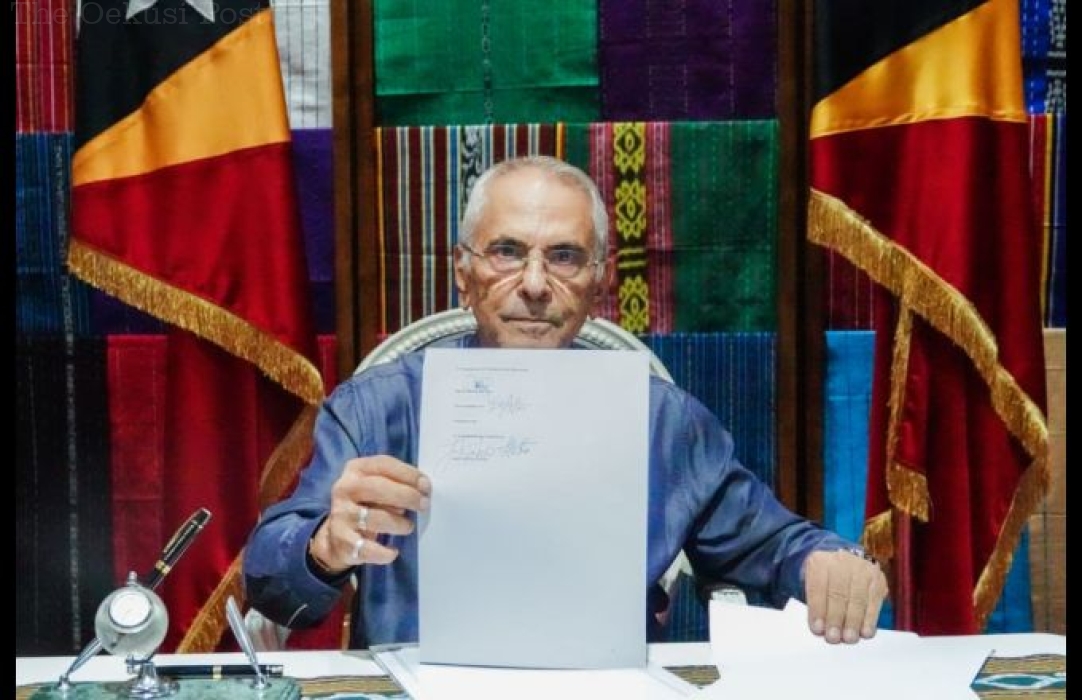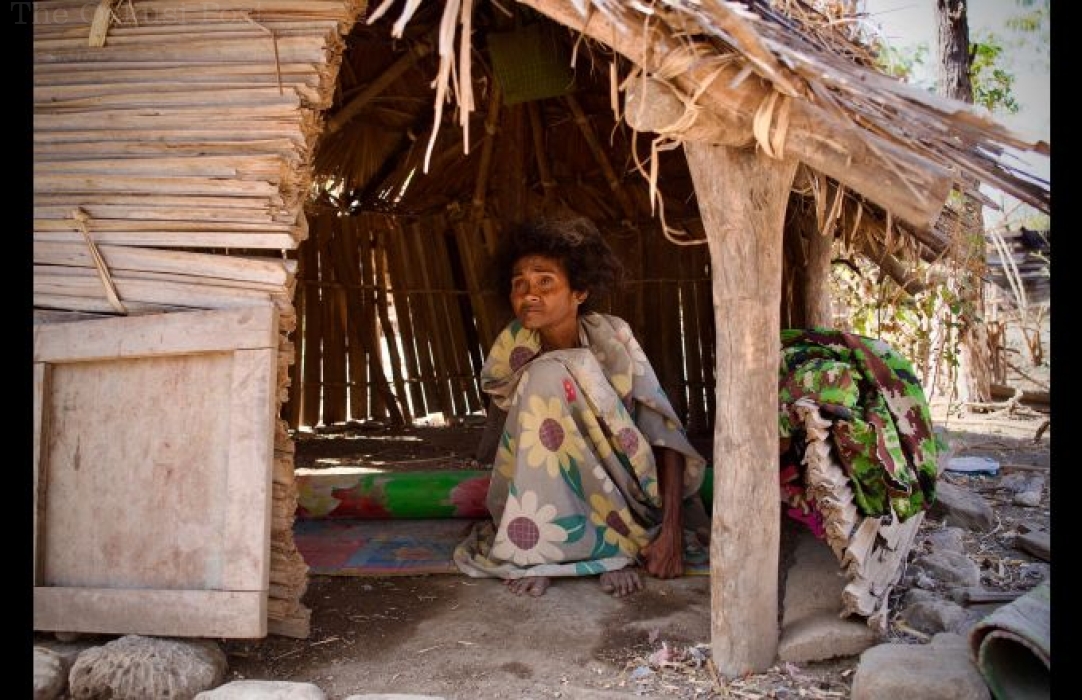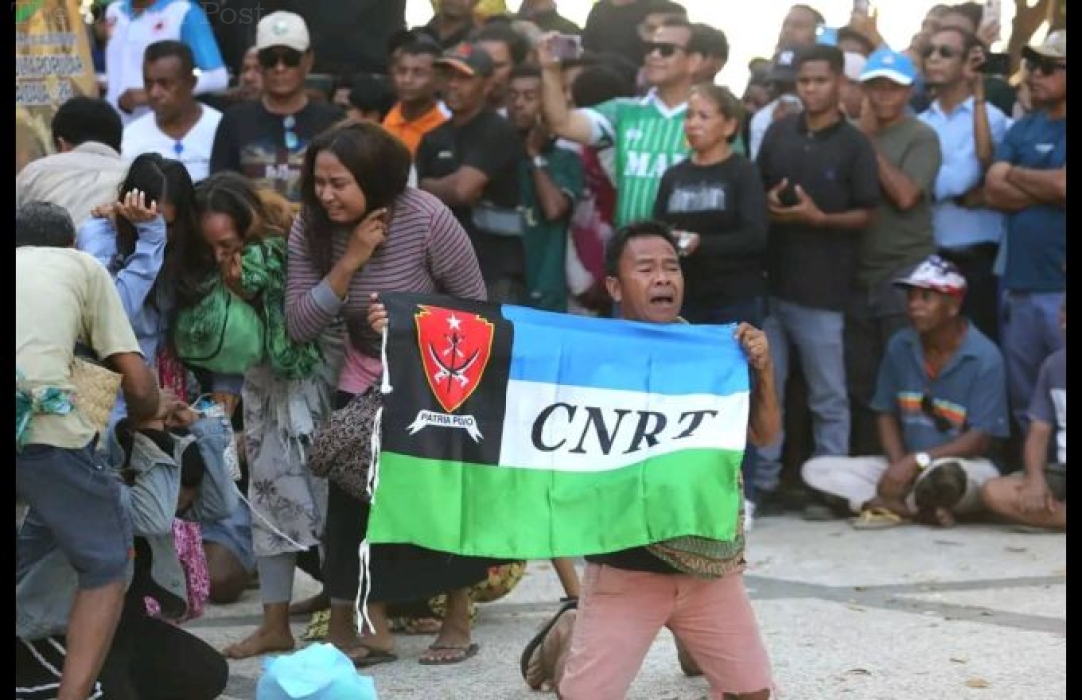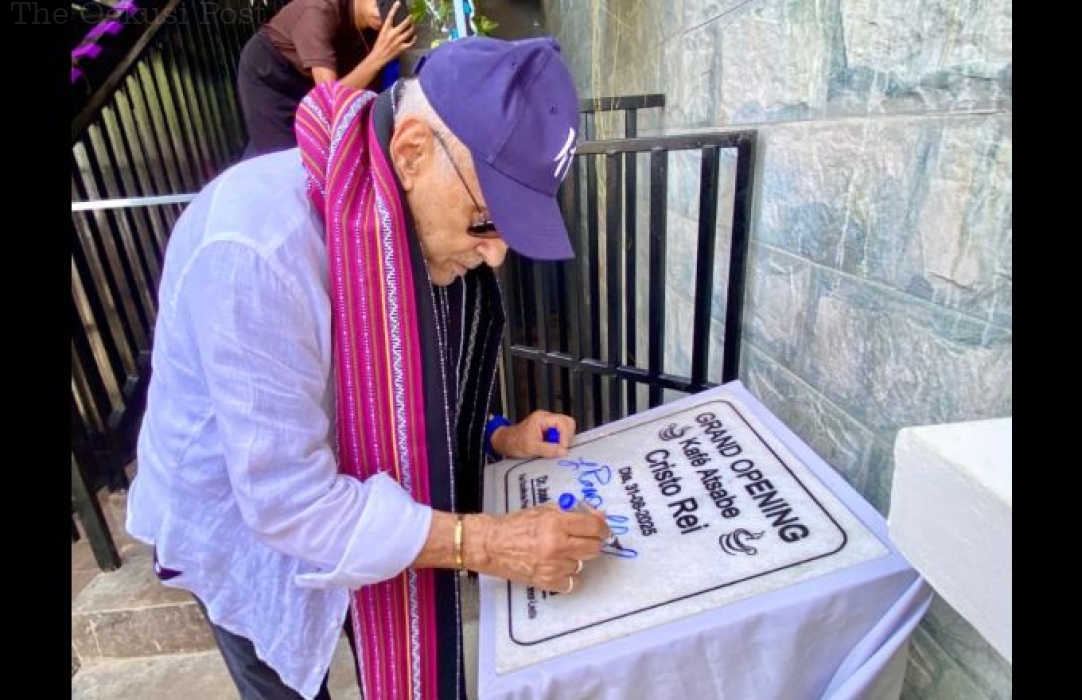DILI (TOP) – Timor-Leste is not only facing a political deadlock but has also experienced a setback in its economic and financial development process in recent years.
Timor-Leste's Gross Domestic Product (GDP) growth rate in 2021 (preliminary data) rose to 1.5%, after the negative 8.6% registered in 2020, despite the various restrictions implemented by Timor-Leste in 2021 (states of emergency, sanitary fences and compulsory confinements), caused by the COVID-19 pandemic and floods that have limited the movement of people and goods.
According to data from the General Directorate of Statistics of the Ministry of Finance, the GDP growth rate increased due to the contribute of final consumption of the private and public sectors, which recorded a moderate increase in 2021.
The final 2021 GDP data will be published in September 2022. The final version will be clearer and more accurate because it will include all data, especially the data on Production (Business Activity Survey). This means that the GDP growth rate in 2021 (final version) may differ somewhat from this preliminary version figures.
The 2021 GDP data (preliminary version) is based on the latest available information regarding the oil and non-oil sector indicators, which provide current information on Timor-Leste's economic growth. For this draft version, the best indicator for oil sector GDP came from Production, while for non-oil sector GDP, the best indicator came from Expenditure.
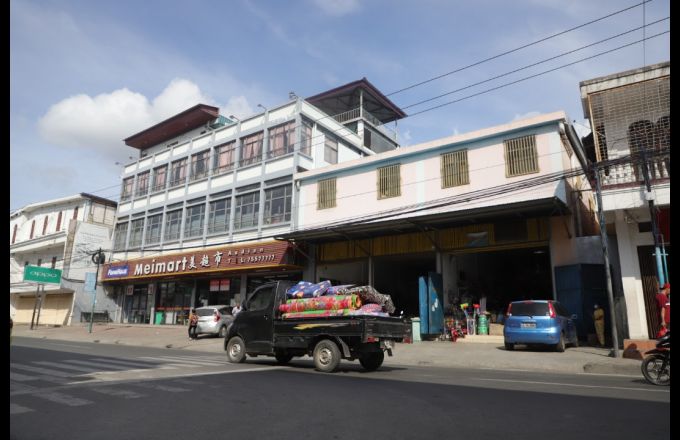
Public consumption rose by 6.2%, led by increased employment and the consumption of goods and services, due to the growth in expenditure on the supply of operational materials and professional services related to COVID-19.
Private consumption rose by 2.4% and per capita growth was maintained. The Government's solid support to households through the transfer of goods and subsidies and the resumption of household economic activities contributed to this.
Exports of goods and services improved by 26%, driven by coffee exports, which increased due to the growth in production volume and the stocks accumulated during 2020.
Imports of goods and services declined by 10.5%. Imports of services alone fell by 40.7%. On the other hand, there was a 13% increase in the consumption of imported goods, consistent with the increase in private consumption and also with the expansion of international borders in Timor-Leste's main trading partners.
Meanwhile, After the dual shocks of COVID-19 and natural disasters, Timor-Leste’s economy is showing some signs of recovery and real GDP growth is expected to improve to 1.9 percent in 2021 according to the latest World Bank economic update, ‘Timor-Leste Economic Report: Steadying The Ship’.
The COVID-19 situation in the country has begun to improve as the vaccine rollout continues to accelerate and case numbers drop. 71 percent of the eligible population have already received one dose and 57 percent of the eligible population fully vaccinated. Disparity of vaccine coverage persists however, with an average of 30 percent of the eligible population vaccinated in many districts.
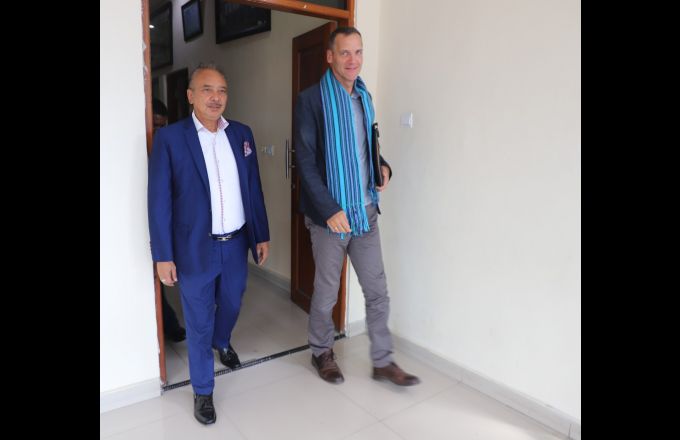
Receipts from sales and excise taxes rebounded while household credit expanded as public spending grew by 20.3 percent. Inflation increased to 3.6 percent in the second quarter of 2021, driven largely by rising food, beverage, alcohol, and tobacco prices. However non-oil GDP contracted by 8.6 percent in 2020 and the Government collected 11.3 percent less domestic revenue during the first half 2021.
“The COVID-19 crisis came on top of a period of low growth, suggesting deeper structural problems in the economy,” said Bernard Harborne, World Bank Country Representative for Timor-Leste. “Advancing the structural reform agenda can improve growth, competitiveness, and employment. Raising more fiscal revenues, the special focus of this issue, is a key step in ensuring a sustainable future for Timor-Leste”.
The economy is projected to expand further to 2.4 percent in 2022, driven by more manageable COVID-19 infections, and less restrictive public health measures. On the demand side, a gradual rebound in private consumption (2.9 percent) will drive economic growth in 2022. Private investment is likely to remain low while global trade is expected to pick up further, positively affecting both exports and imports.
The Timor-Leste Economic Report includes a special focus on Domestic Revenue Mobilization which highlights the importance of improving revenue mobilization to finance public spending on development and poverty reduction. The report recommends collecting more revenue by introducing value-added taxes and increasing income and excise tax rates to match regional norms. Revenue administration can be improved by modernizing the tax system. Estimates on the tax potential suggest that, if existing gaps in tax policy and administration are addressed, tax revenue collection could double from around 8 to 15 percent of GDP.
With this situation, the World Bank's representative for Timor-Leste, Bernard Harborne, met with the Secretary General of the CNRT Party, Francisco Kalbuadi Lay, who had a nearly two-hour discussion about the economic development process in Timor-Leste.
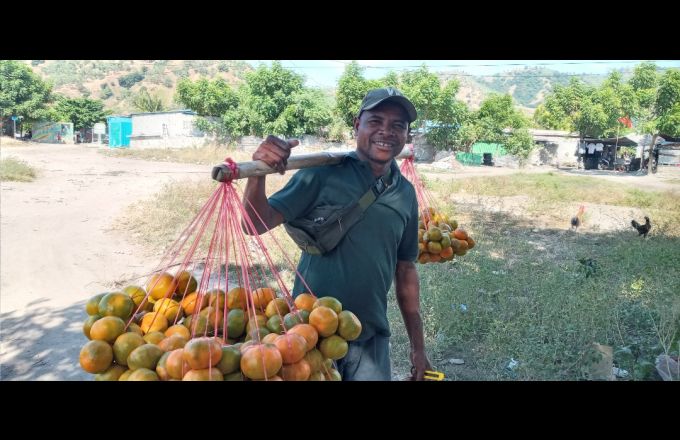
Deputy Secretary General of the CNRT Party, Jacinto Rigoberto stated that the meeting between the leader of the CNRT party structure and representatives of the World Bank discussed the prospects for the economic development process of Timor-Leste in the future.
“He has also met with other party leaders, and we have discussed economic issues in Timor-Leste,” Jacinto Rigoberto told reporters.
Timor-Leste’s non-oil economy is projected to expand 3.0 percent in 2022, underpinned by a significant increase in government spending and investment, as well as rebounding private consumption supported by the gradual opening of borders. Increasing prices of food, fuel and electricity driven by the war in Ukraine could be long-lasting and may impact future growth prospects, according to the June 2022 edition of the World Bank’s Timor-Leste Economic Report.
Buffeted by the twin shocks of COVID-19 and Tropical Cyclone Seroja, the non-oil economy grew by 1.5 percent in 2021. A record-high budget with expenditure of nearly 90 percent of GDP bolstered government consumption. A series of fiscal stimulus measures supported employment and incomes, allowing households to maintain their spending. However, this growth follows recessions in 2017, 2018, and 2020 which have left Timor-Leste’s Gross Domestic Product (GDP) lower than it was in 2016.
“It is positive to see Timor-Leste return to economic growth following some very difficult years,” said World Bank Director for Indonesia and Timor-Leste Satu Kahkonen. “Although growth is projected to continue at a similar rate in 2023, increasing inflation is likely to have an impact on long-term recovery. Structural policy reforms will be critical to lay the foundation for more diversified and resilient growth in the future.”






